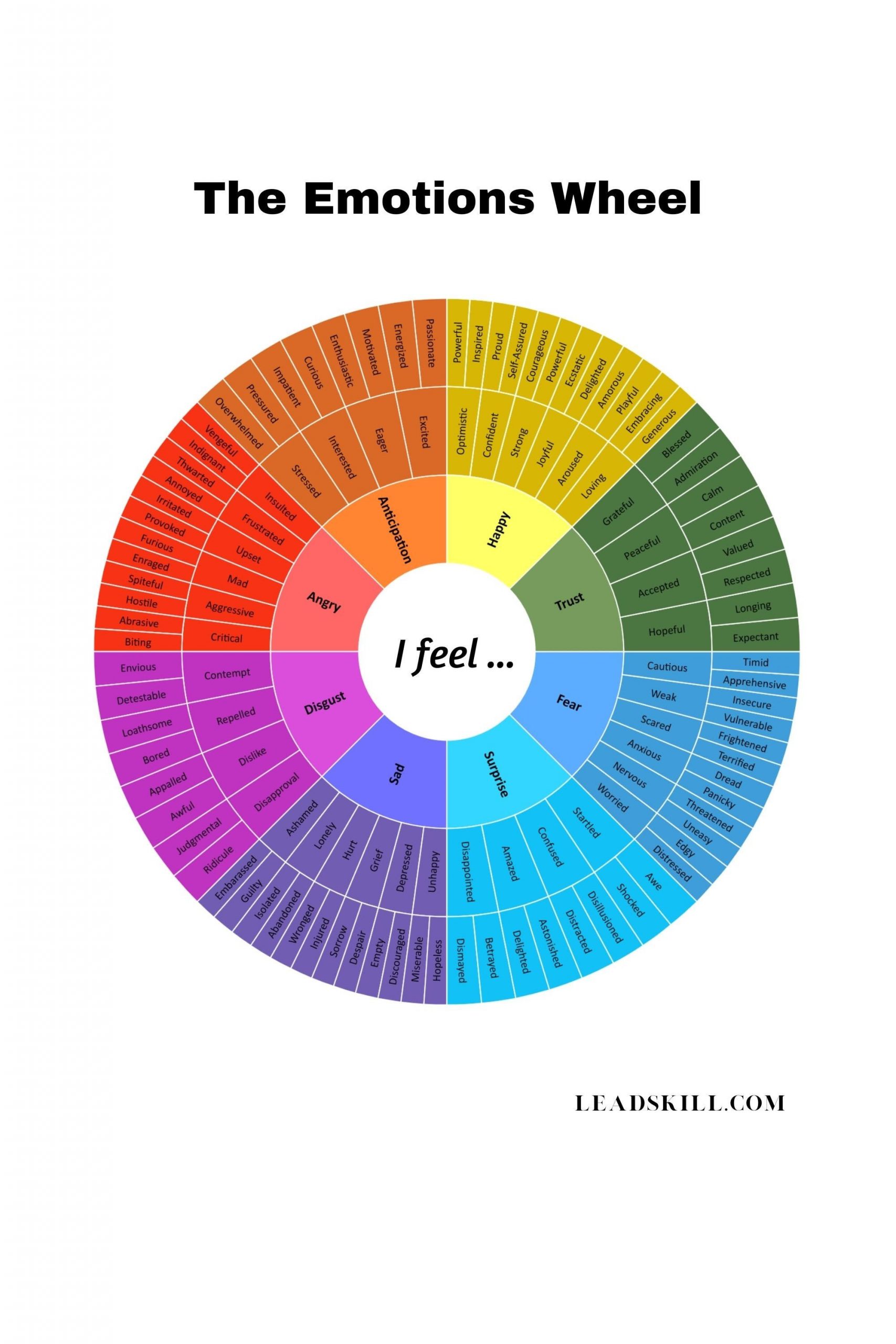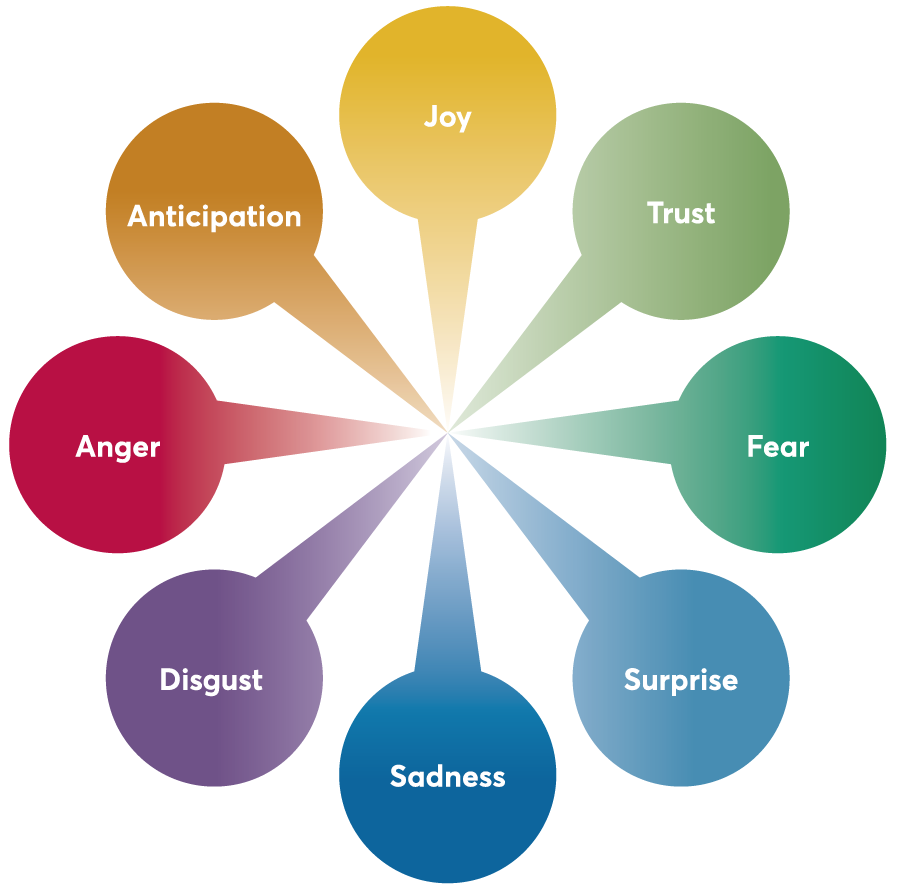


To give a concrete example of how geographic distances affect color-emotion associations, we refer to another publication on the association between yellow and joy ( Jonauskaite et al., 2019 also read about the study here). To arrive at this finding, we took into account geographical distances between two countries in kilometers.

If you are keen on getting into the details of these distinctions, you can find the methodology behind the similarity estimations in Jäger’s (2018) article.įifth, participants who lived geographically closer also associated colors and emotions more similarly. And then, languages from different language families, like English and Chinese, would have the lowest similarity scores.

English is a Germanic language and Russian is a Slavic language. Other European languages, like English or Russian, are similar to Spanish and Italian because they all belong to the Indo-European language family, but they would have lower similarity scores than Spanish and Italian, because English and Russian do not belong to the Romanic language group. Perhaps, you might think that Spanish and Italian are quite similar, and this is true, because both of these languages belong to the Indo-European family and, within this family, they are part of the same Romanic language group. To arrive at this finding, we estimated the degree of linguistic similarity between two languages, which shows how related or unrelated they are. In Lithuanian, the degree of anger is coded through color-as Lithuanian speakers become increasingly outraged, descriptions move from being white of anger, to red, to blue, and finally to black (i.e., pabalę, paraudę, pamėlę, or pajuodę iš pykčio).įourth, participants whose languages were more similar to each other also had more similar associations. In some languages, different colors might not only relate to different emotions but signal different intensities of the same emotion. As one can see, some of these color metaphors repeat across languages, while others differ. German speakers sehen rot (see red), sind blau (are blue), or werden gelb vor Neid (turn yellow with envy), meaning they are angry, drunk, or envious, respectively. French speakers voient rouge (see red), ont une peur blue (have a blue fear), or ont un rire jaune (have a yellow laugh), meaning they are angry, extremely anxious, or display a forced false laugh. English speakers see red, feel blue, or are green with envy, meaning they are angry, sad, or envious, respectively. In language, we easily link colors and emotions. Source: Photo by Eliška Motisová on Unsplash


 0 kommentar(er)
0 kommentar(er)
